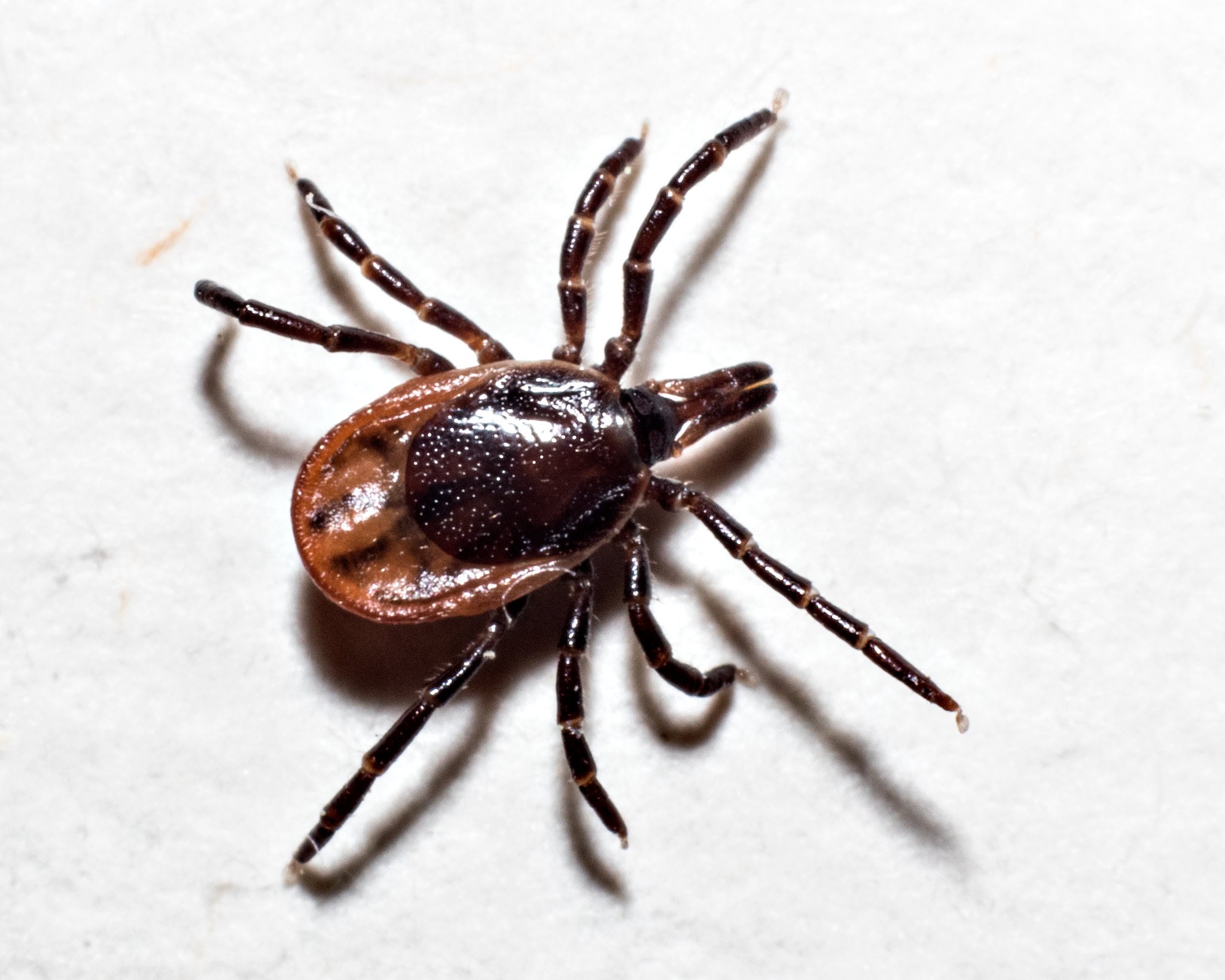If you’re looking forward to a pleasant, comfortable spring in the DC area, a national pest control trade association has some predictions that might encourage you to manage your expectations.
“A rollercoaster winter–starting off unusually warm and ending in heavy snowfall–has made rodent pressure skyrocket,” the National Pest Management Association says in its biannual Public Health Pest Index. “If spring arrives early, tick activity will surge, posing an increased health risk for the region.”
Chad Gore, an entomologist and the technical director of pest management company Terminix, helped Washingtonian break down the mechanics behind this local swell of critters.
As we all know by now, DC is no stranger to rodents. But the District’s unseasonably warm start to winter likely contributed to a significant increase in rat and mouse populations that we’re seeing now, according to Gore.
“If we have fewer hard freezes, or a mild winter instead of the what we traditionally get or expect, then you’ve got increased survival rates for pests, so rodents might survive easier,” Gore says. “They may have more access to food longer, you’ve got the potential for extended breeding seasons—so if you can get another cycle in and produce another litter, then that’s just more members of the population that you’ve got to deal with.”
Anecdotally, Gore says, Terminix has seen “a huge increase in the number of rodents that we’re battling” in recent months—when it comes to house mice, in particular: “This is my 19th year with the company, and I don’t remember it being this bad ever.”
Weather conditions could be playing a role in this surge, but the overarching cause is probably more complicated. There are some “behavioral changes we’re seeing in house mice,” according to Gore, including behaviors that make them more resistant to trapping. At this point, “we can only speculate” as to why this is, Gore says.
While many DC residents might have already had some recent encounters with rodents, we should also be bracing ourselves for ticks, which tend to make themselves scarce during the winter months. “Ticks and insects are arthropods—they’re cold-blooded, so that means that they rely on the outside environment and the temperature outside for their own temperature, whereas, like with rodents and so forth, they create their own heat,” Gore says. “So the cooler the environment, the slower the metabolism is for these insects. That means all their other processes and functions, including reproduction, tend to slow down.”
But with a warmer-than-average spring forecasted, “then it kind of kickstarts that stuff,” according to Gore. And milder temperatures rounding out the last weeks of winter can also make the environment more nurturing for ticks and other bugs, allowing, perhaps, “for an extra generation to reproduce, to add to that population.”
When the weather is ripe for pests to flourish, the nature of city living doesn’t exactly mitigate the situation. Residing in an apartment building, rowhouse, and dorm room can allow for vermin to enter your life more easily. “When you’ve got a single-family home, a standalone structure, you are only dealing with your pests,” Gore says. “But when you’ve got a structure that is connected to other families, other homes, then you could potentially be dealing with their pests as well.” The takeaway here, as always, is to blame your upstairs neighbors.
To protect yourself from these pests, which can carry disease (even the cute ones), take care to seal any interior openings. Here’s a rule of thumb: “If it’s the size of a dime, a mouse can get in,” Gore says. “If it’s the size of, say, a quarter, than a rat can get in.” Specifically in rowhouses, Gore finds that there tend to be large gaps between the wall and pipes located under the sink.
And when defending yourself against ticks and other bugs, Gore recommends wearing light-colored clothing and selecting an insect repellent that includes DEET—be sure to reapply frequently.



















